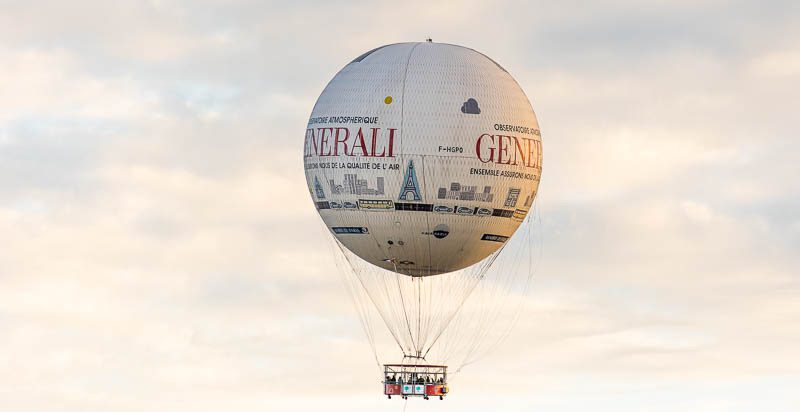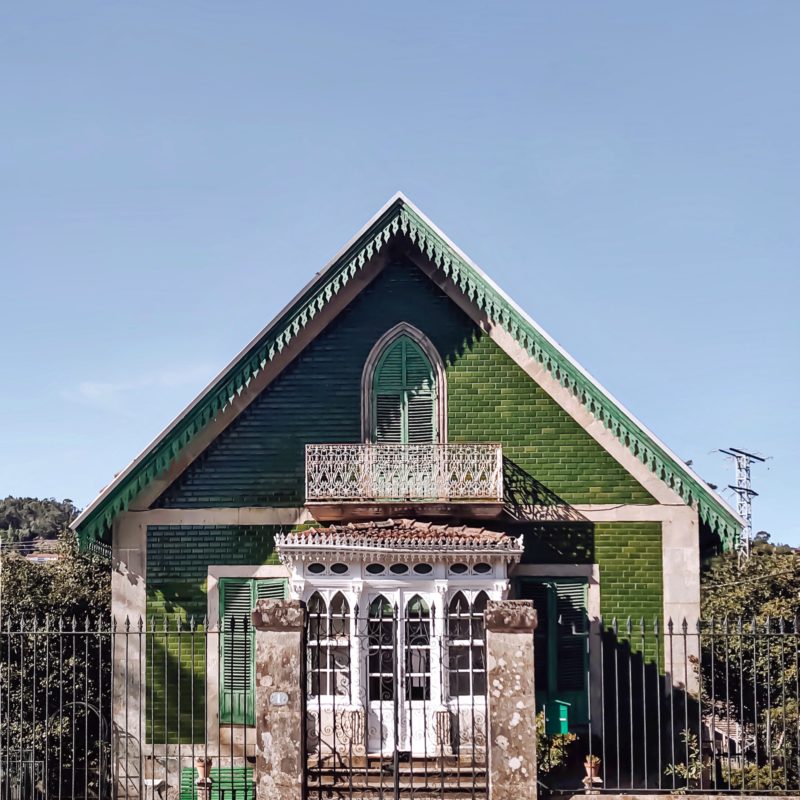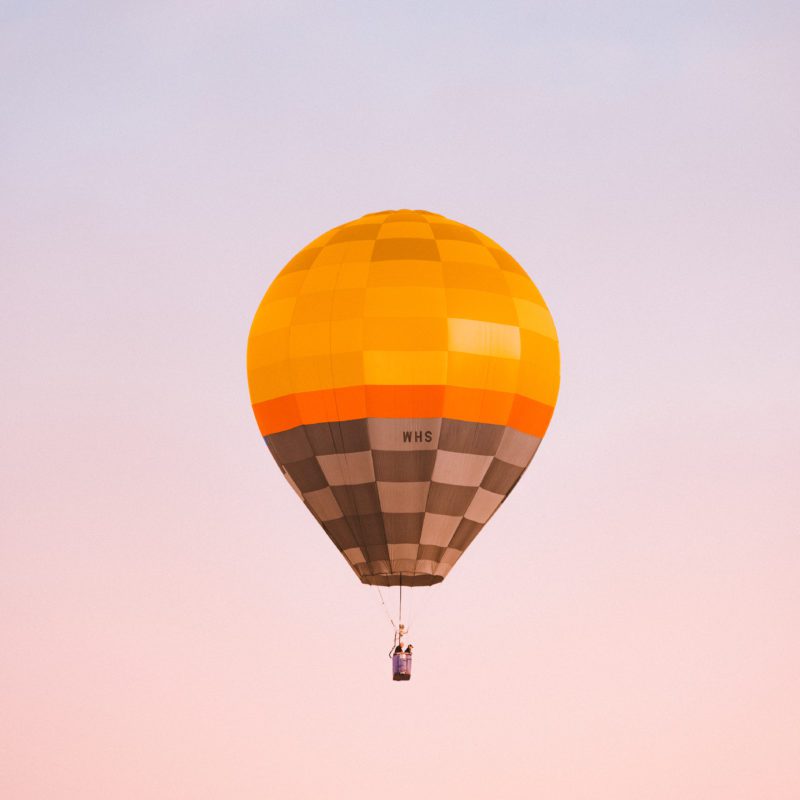To raise awareness for air quality in Paris, the Ballon de Paris Generali turns to the skies. Since 2008, the recreational helium balloon has taken measures to promote air quality through offering rides equipped with careful monitoring techniques. Now a major attraction, the Ballon is programmed to track air conditions and also operates as an airborne laboratory.
First installed in 1999, the Balloon was created by the French company Aerophile SAS in celebration of the year 2000. Since its grand opening, more than 1 million passengers have ridden the balloon on rides through the skies of Paris. But as you ascend, no need to worry about drifting into the Eiffel Tower, the balloon is tethered to the ground by a cable that’s controlled by a hydroelectric winch, or winding mechanism.
In 2013, the air-conscious Balloon was dubbed “Balloon Generali” thanks to a partnership with Italian insurance company Generali. Each year, around 50,000 visitors enjoy a 10 minute ride, reaching heights of 980 feet – or the second highest point in Paris after the Eiffel Tower!
From this height, not only can you achieve a spectacular view of the City of Lights, but also provides a unique position to attract attention to a worthwhile cause. In 2008, a partnership with AIRPARIF led to the development of a lighting system attached to the Ballon to indicate air quality levels near high traffic areas – while in the sky, solar-panel lights bright enough to reach 400,000 Parisians each day change color depending on the ambient air quality: Green means good, orange means fair, and red means poor air quality.
The Balloon is more than just a marker, it is also an instrument to its cause.
While in the air, it is constantly taking air samples around the city. A measuring device attached to the Balloon called the LOAC (Light Optimal Aerosol Counter) identifies and counts particulates – or atmospheric aerosol particles – while also focusing on the tiniest particles. This data is collected and displayed in real time at the Balloon’s ticket office. In 2018, new instruments were added to study the ozone and to test LIDAR technology, a technique that uses a laser to create a 3D map of fine particles in the sky.
Thanks to COVID, an airborne foe in and of itself, Balloon operations were temporarily suspended in the beginning of 2020. However, as of June, the Balloon has returned to the skies offering public rides, with necessary sanitary precautions of course, and continuing its work to spread air quality awareness among the clouds.


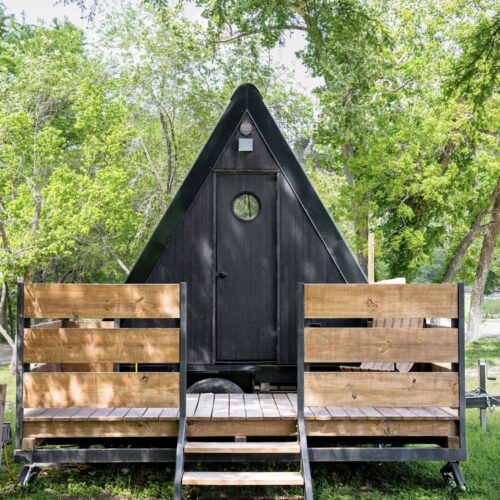





















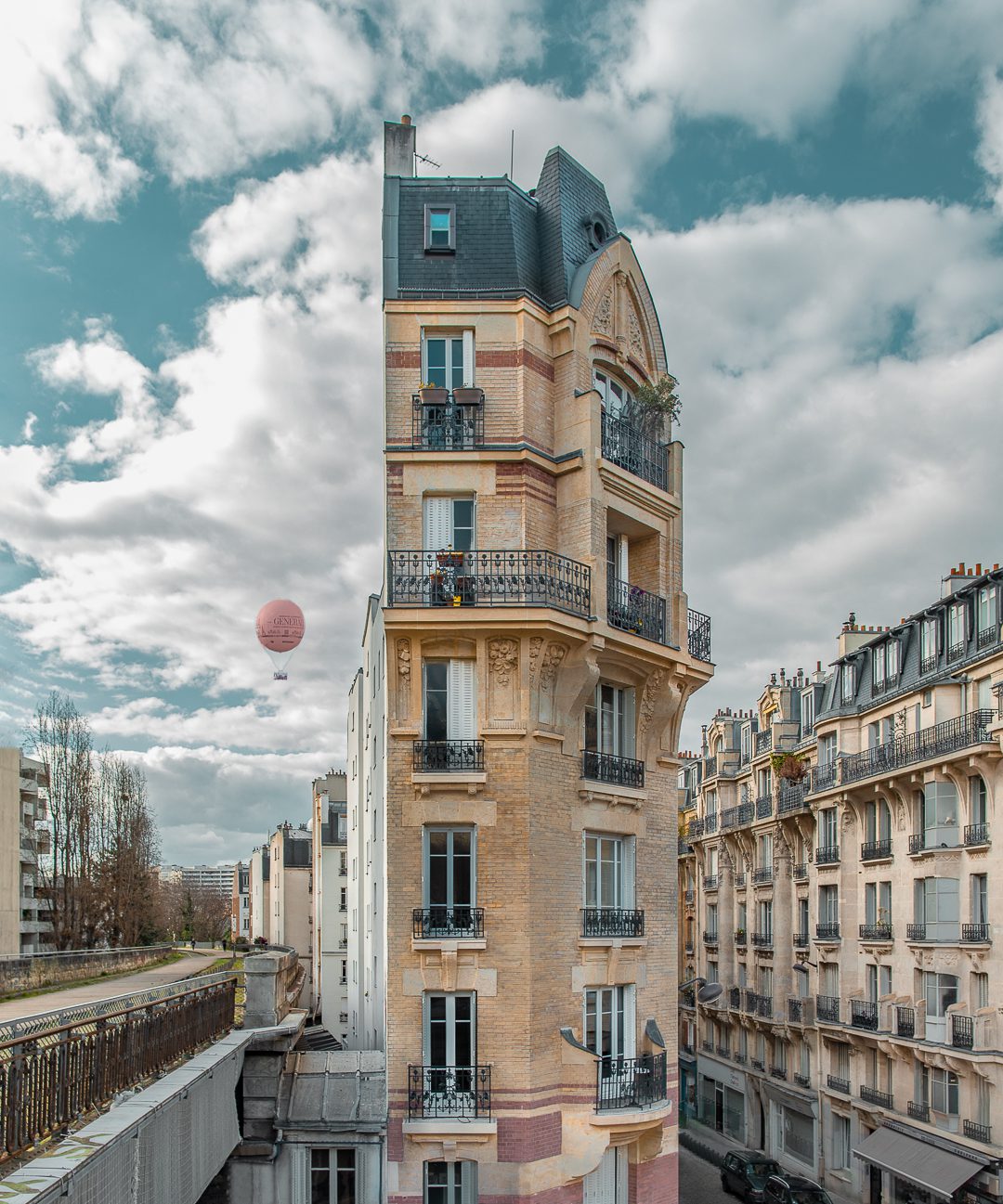
 :
: 